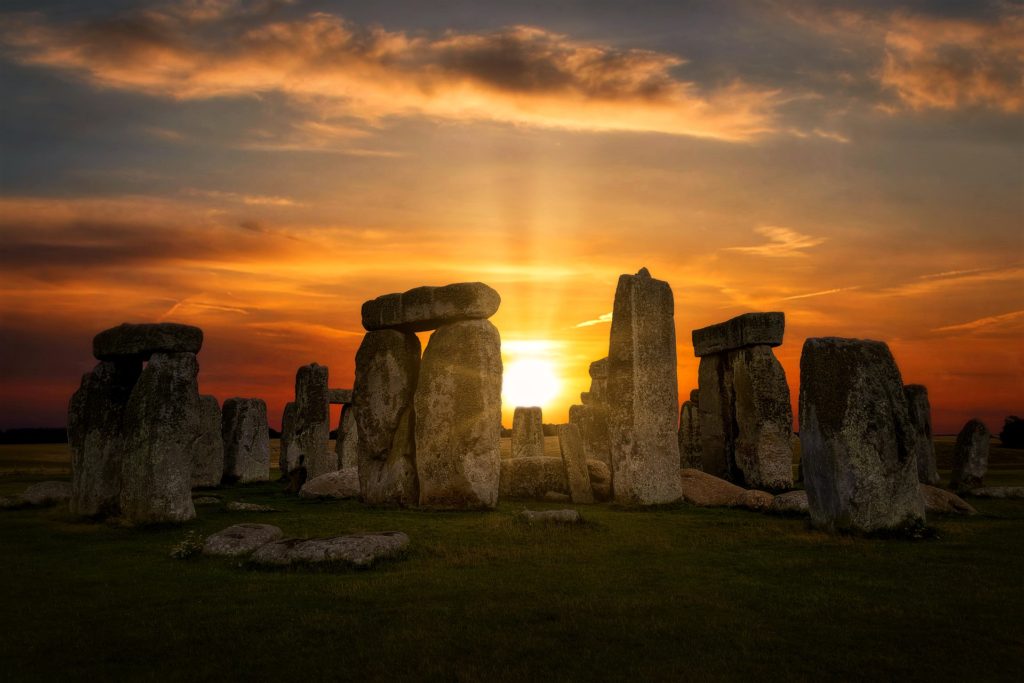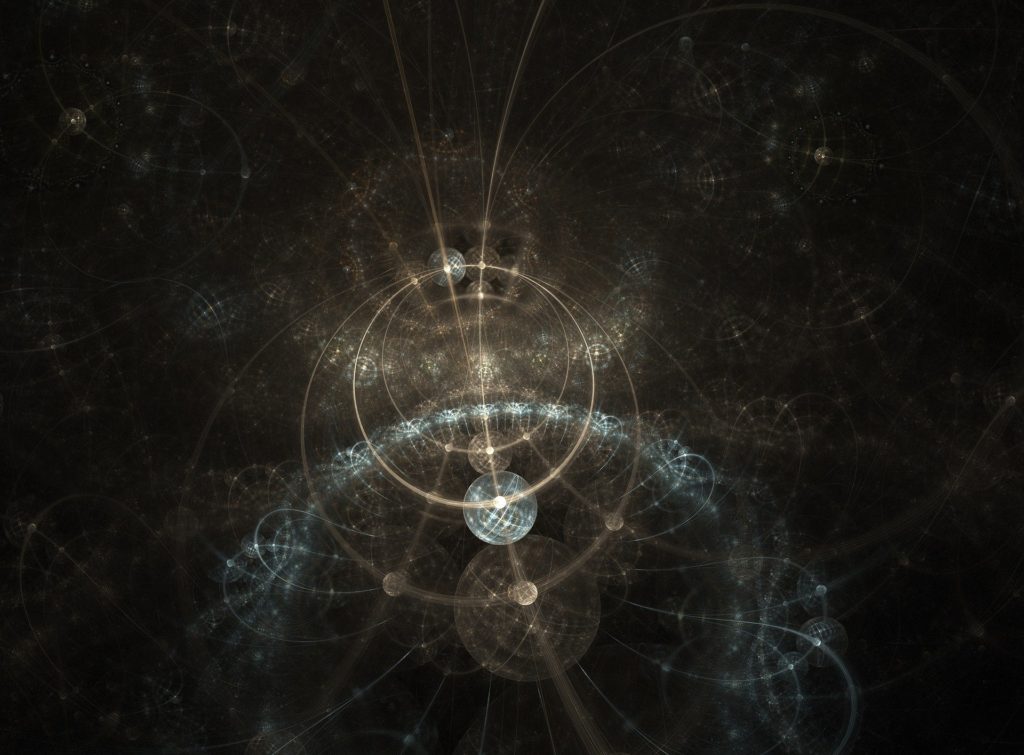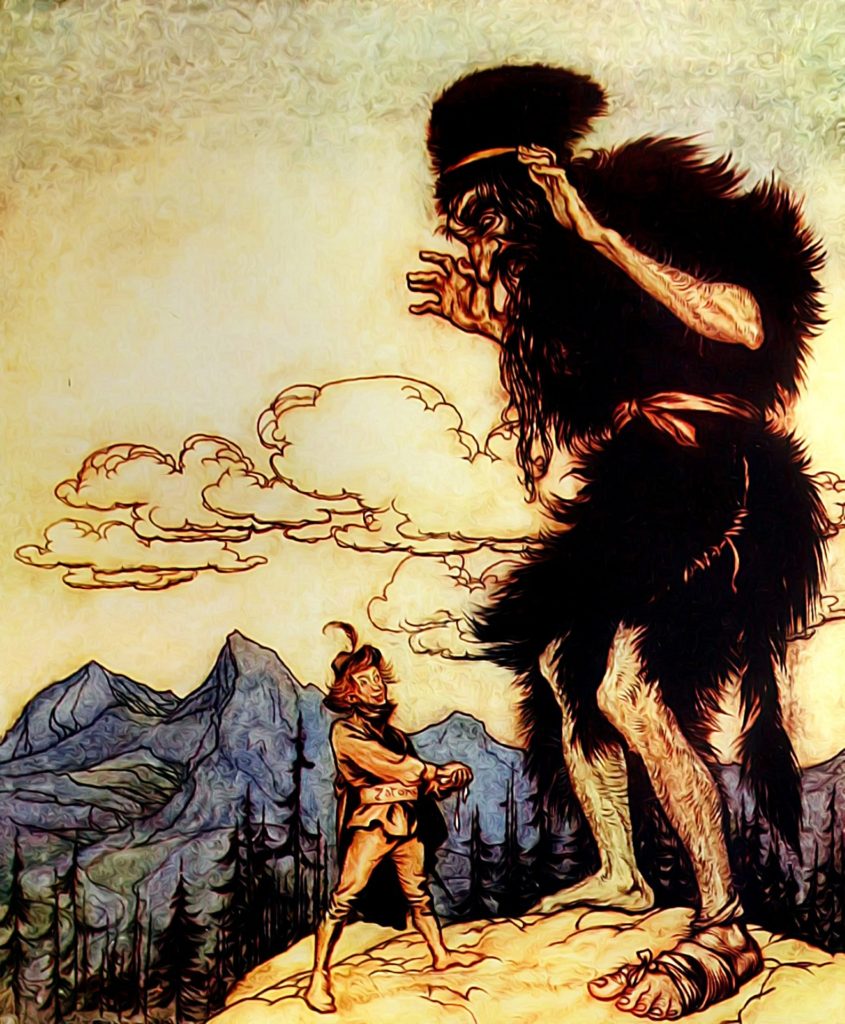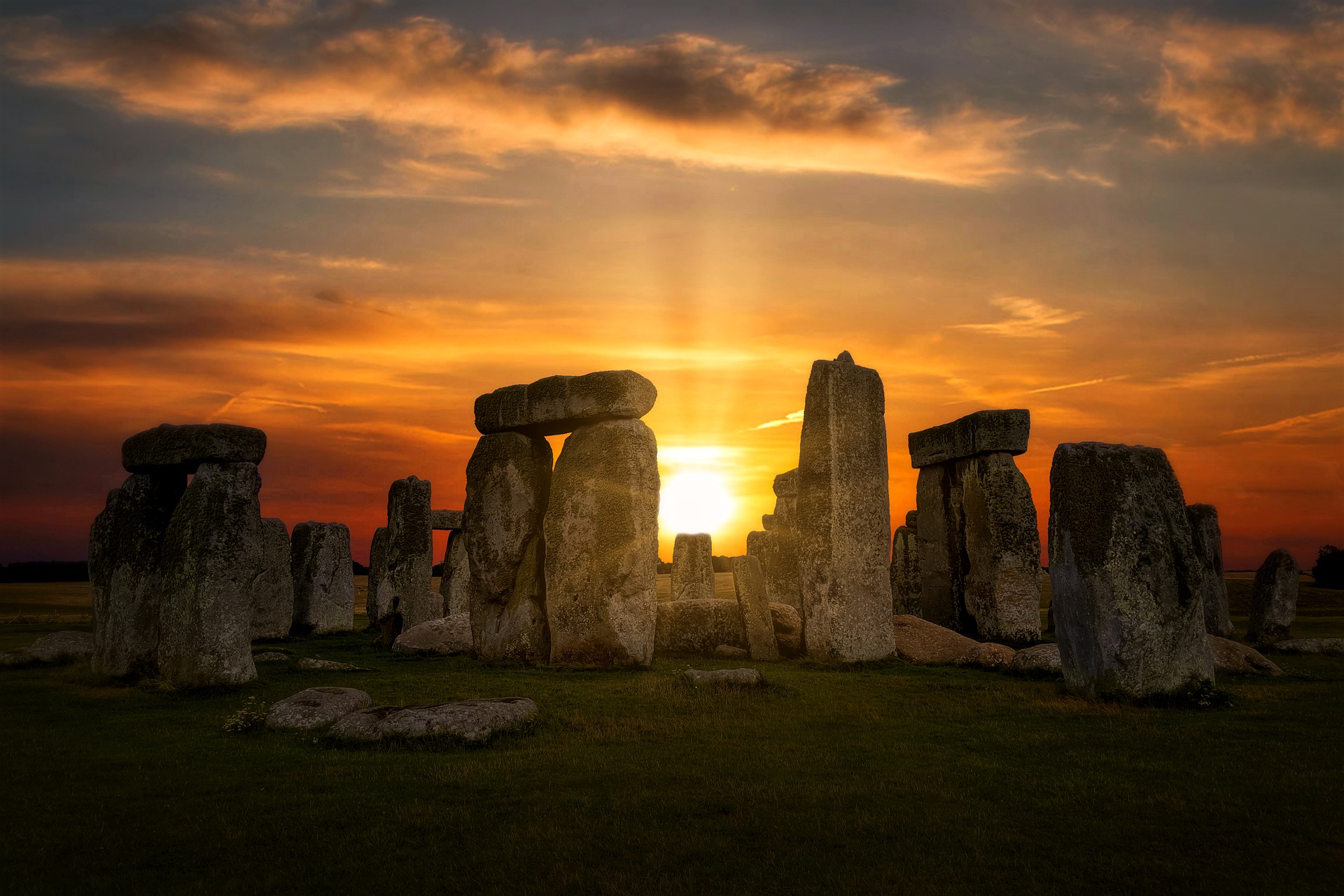As I write this, the winter solstice fast approaches. My friends, most of whom celebrate Christmas, are on-line, grabbing one last gift for the kid, the hubby, the neighbor who unexpectedly RSVP’d to the holiday party… Personally, I’m in hibernation mode and behind on everything. Including this blog, the deadline for which has long passed. By the time you read it, the winter solstice will be behind us and the days incrementally longer.
The solstice holds a special magic for many and has been a celebrated day for literally millennia. In my hibernation-induced stupor, I decided to research some of the most magical places that celebrate the solstice. Of course, you know, I started with Stonehenge.
Stonehenge

Most of us probably remember the basics of this stark and beautiful monument. While we don’t know who built it or how or why, we typically assume the Druid culture is behind it (it’s not), and we know the monument somehow tracks the annual progression of the sun. But of course, once we dig even a little bit deeper, we find a beautiful and wondrous puzzle.
First, the earliest phases of the monument are dated to before 3000 BC. That’s 5000 years ago. Five. Thousand. I suppose our European readership may find these numbers unsurprising, but for most of us in the US, these numbers are astounding. The Stonehenge monument builders were active long before the Americas were discovered by Europeans, long before Shakespeare, long before the British monarchy, millennia before Jesus of Nazareth walked the earth, before Zoroaster, before King David, before the Phoenician alphabet, before the invention of glass, before the Sumerian written language, and even… hold on to your hats… 1000 years before the cultivation of cocoa. What?
Yes, when the Stonehenge builders were getting started, humans in the fertile crescent were forming the very first cities, China created its first pottery wheels, and, remarkably, pottery first appeared in the Americas as well.
Ancient Builders

How different were the lives of the people who built this beautiful monument? And how were they the same? They loved their mothers, they cared for children, they worried about their friends and their families, they considered their place in the universe, and, like us, they called out to their departed family members, hoping to see their spirits one more time.
As long as any of us can remember, or even really conceptualize, Stonehenge has stood as it does now. However, the monument held many forms before becoming the stone circle we know. Archeological research and carbon dating let us know that the first ditches were used to bury animals and then people. The earliest circle was of wood, where evidence shows post-holes that held enormous pine trunks.
Astronomy Miracles

Remarkably, Stonehenge doesn’t just mark the winter solstice. People with even a cursory knowledge are typically familiar with the idea that Stonehenge aligns perfectly with the sunrise of the summer solstice and the sunset of the winter solstice. But in 1963, a researcher discovered 13 solar alignments and 11 alignments with the moon! Incredible, right?
But Stonehenge isn’t our only monument to the Solstice. Mayan pyramids in South and Central America and countless Indian drawings of ancient North America demonstrate a similar fascination with the sun’s path. A pyramid at Chichen Itza comes to life with a squiggly snake shadow at both the vernal and autumnal equinoxes — the astronomical opposites of the solstices. Similarly, a pyramid in Teotihuacán aligns with the solstices and equinoxes as well. Ancient cave drawings here in the States align perfectly with sunlit spears and contrasting shadows at the equinoxes and solstices.
Aliens, Giants, or Magic

Over the years, many people have suggested that aliens assisted ancient humans with these efforts. Perhaps in a time when we use an app to determine which section of the sky we’re looking at, we believe that our ancient ancestors couldn’t possibly have known where the sun moved in the sky. In fact, the researcher who discovered the many Stonehenge alignments used a computer to identify them. It certainly makes sense in our fast-paced, 21st-century world that noticing something that happens only once a year might seem far-fetched.
The alien theory about Stonehenge and other monuments can be traced to Erich von Daniken, whose book postulated that alien visitors constructed a number of earthly monuments. His idea that aliens would be received as gods resonate with us, even today, and ties in the more prevalent ideas that the monuments were built to honor those gods.
Others have suggested that Stonehenge was made possible only by magic, or by the work of giants. Indeed, the United Kingdom is home to several myths involving giants, and of course, most are familiar with quite a bit of the magic-infused throughout European lore. Apparently, the power of dedicated humans, working together, is less believable than aliens, giants, or magic.
Why We Love It So Much

So what is it about the solstice and other astronomical events that hold our imagination so tightly? Why would we want to celebrate the sunset on December 21? And why do we continue to do so, even now, 5000 years later? It almost makes even less sense now, with artificial lighting and heat, why are we concerned with the hours of sunlight? As I sit at my desk typing this, I literally can’t tell that it’s almost dark. My desk and my computer look exactly the same now as they did a few hours ago when the sun was high.
But whatever the reason, we are still tied to our natural roots. We still feel the impact of sunlight; many are rejuvenated by a walk in the woods; most of us find a beautiful, sunny day restorative. Don’t get me wrong — lots of people love winter and enjoy the brisk, clear air of a cold day. But even that is a nod to our experience of the outdoors and our connection to nature.
And so we humans continue to mark the winter solstice, continue to look forward to the sun’s return. And I suppose some of us are waiting on those aliens as well.


Great article!